Consider the work of Leonardo Da Vinci. Da Vinci, an Italian artist and scientist who lived during the Renaissance period was famous for his painting, the Mona Lisa. Recognised as a successful futurist many of his inventions included early versions of modern-day mainstays. These include a helicopter, a parachute, armoured vehicles and even a spring-powered car (dated from 1478 this is widely credited as being the first working vehicle).
Of course, there have been less successful predictions too, jet packs anyone? Or clothes made from asbestos? How about a 15-hour workweek? While our fast-moving 21st-century brains may look at these and gently mock the originators, how accurate would we be at predicting the future? And in particular the future of cars. Surrounded by technology and a culture of innovation, it’s just as much a challenge for us to image the next 100 years as it must have been for early 20th century futurists.

Predictions

1. Driverless Cars. Perhaps we have a glimpse of the future now. Google recently gave us the technology – termed Google Chauffeur – and initial accuracy tests have been encouraging. It’s recognised now that worldwide development relies on a robust infrastructure to support the technology. Taking things one step further in the UK, the Department of Transport has published a code of practice allowing driverless cars to be tested on public roads in “real-world testing of automated technologies".
So, don’t be spooked if you look over and there is no one in the driving seat of the car next to you.
Prediction: By 2115 we will we be over our jitters, jumping into these cars and voice activating our destinations. Not only that. Our cars will become more like personal assistants. Your car could be programmed to take you to work, then come back to take the kids to school, before it drops your in-laws off at the airport for their supersonic one hour flight to the US before finally collecting you for the journey home. Phew.
Bonus Prediction: Abolition of the Driving Test. If the technology is sophisticated enough why would a test even be necessary?
2. Flying Cars. In 1926, Henry Ford displayed an experimental single-seat aeroplane that he called the sky flivver. The project was abandoned two years later when a distance-record attempt flight crashed, killing the pilot, yet the fascination with flying cars has never really gone away. They have featured in movies such as the Fifth Element, Star Wars and even Chitty Chitty Bang Bang.
Prediction: while the technology may succeed to build a flying car, the infrastructure required to control and manage the flow of traffic in the sky would be monumental. This one may remain a dream for longer than many futurists would like.
3. 3D Printed Cars. Hailed by President Obama with “the potential to revolutionise the way we make almost everything”, this piece of equipment has steadily been taking its position centre stage as a potent, yet practical, symbol of future technology. Local Motors based in Arizona has already proved the proof of concept by 3D printing a complete electric car.
Prediction: within 100 years we will not only be 3D printing bespoke designs but also replacement parts. Just imagine taking your car to the garage and rather than ordering in the part you need, the technician simply loads up the printer with a template and within minutes it is ready.
Bonus Prediction: Watch out for 3D printing trackside at F1. Within the next 10 – 20 years it’s feasible that replacement parts could be printed in-situ.

4. Fuel. Petroleum was initially discovered in 1859 and in the 156 years since due to worldwide industrialisation, our love of the car and the need for energy to power our homes, supplies are dwindling. As a result, alternative renewable energy sources are being investigated and implemented. How will this affect the car? We can see changes today which will continue to develop and expand.
The uptake of the Electric Vehicle (EV) for instance has continued to increase dramatically year on year. New registrations of plug-in cars increased from 3,500 in 2013 to more than 43,000 by the end of September 2015.
Prediction: A wide range of fuels could feasibly be available. The cheapest and fastest alternative to get to the market will ultimately win the fuel race. Battery-powered cars are already in pole position but require further development in order to iron out the ‘kinks’ which include performance and range.
Hydrogen (used as part of the NASA space programme) is another possibility as are biofuels which are renewable and carbon neutral.
5. Design. Every age is characterised by design values. These, in turn, are driven by imagination, technology, economics, politics and user experience. In the 1920s through to the 1940s art deco defined everything from buildings to furniture, clothes and cars. Bold and confident lines underpinned the representation of luxury, glamour and faith in social and technological progress. Fast forward and cars of the 1970s are to the 1990s were more pared-back, think of the furniture, clothing and homes of the time and again you can see the symmetry.
Now we are living in the digital age and our cars are too. Emphasis is on connectivity in terms of in-car technology, diagnostic tools and in a wider context the way we buy our cars. Achieved through the state of the art showrooms and responsive web sites, this is only the beginning of a new world of commerce and creativity.
Prediction: Where do we go next? This is the exciting part. No one knows for sure – technology will play a huge part as will a more responsible attitude toward fuel generation. And lets of course not forget those design principles – a representation of a society’s aspirations, desires and status. In 100 years time can anyone really predict what will those be? In the meantime enjoy some 2015 interpretations of the future.

Thanks to Lookers
www.lookers.co.uk


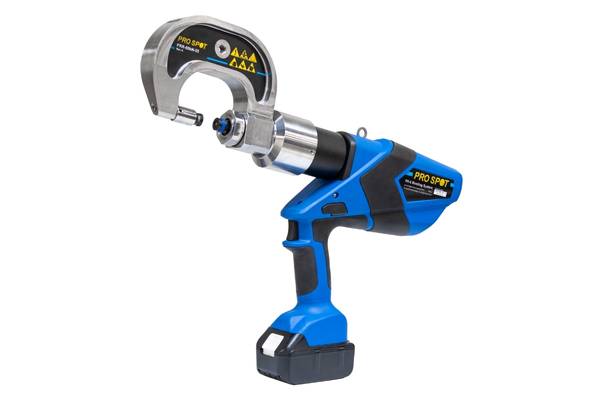







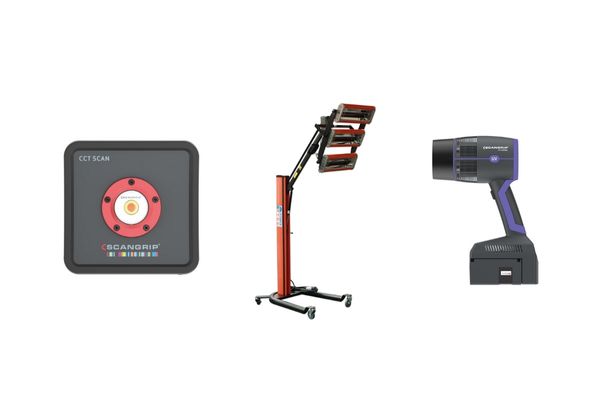

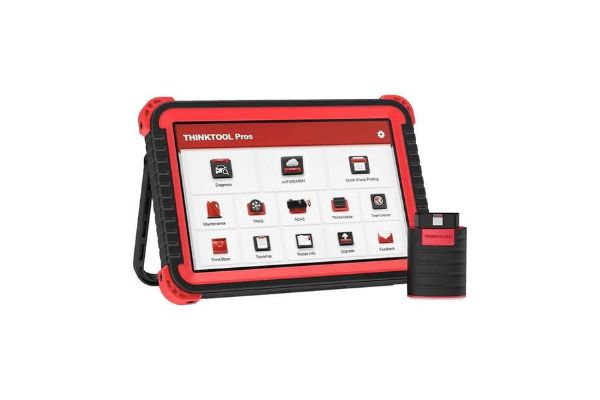





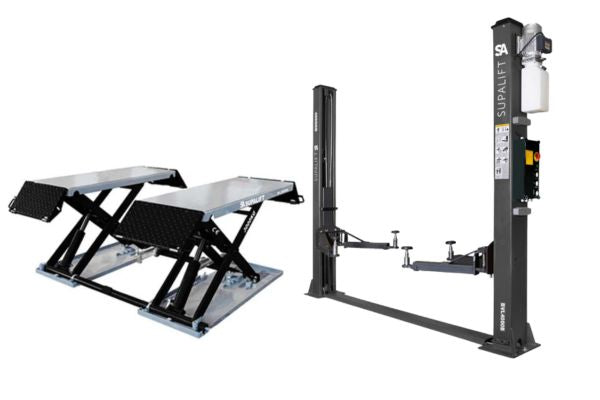










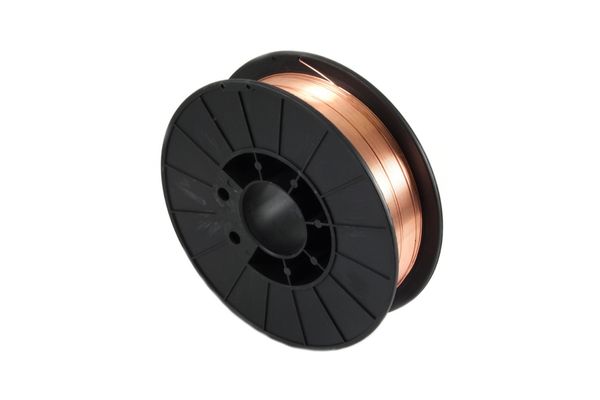





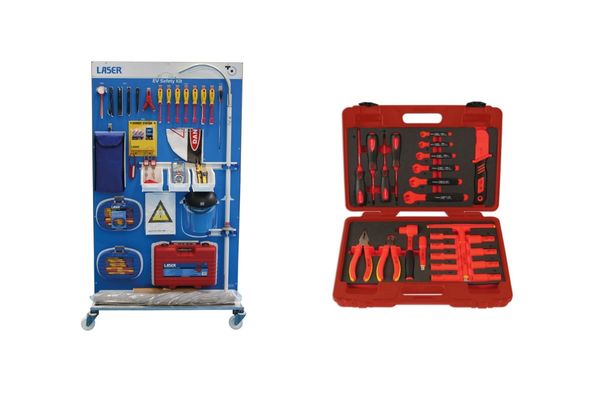

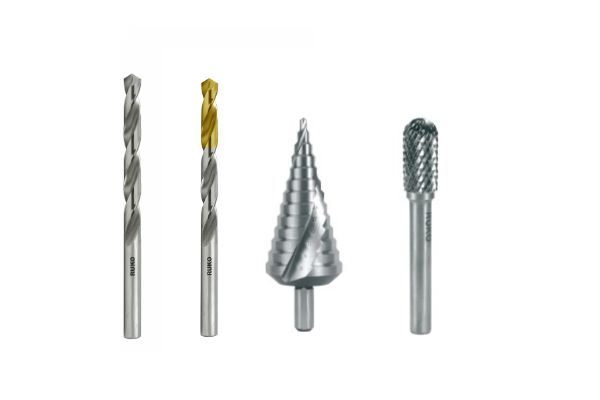






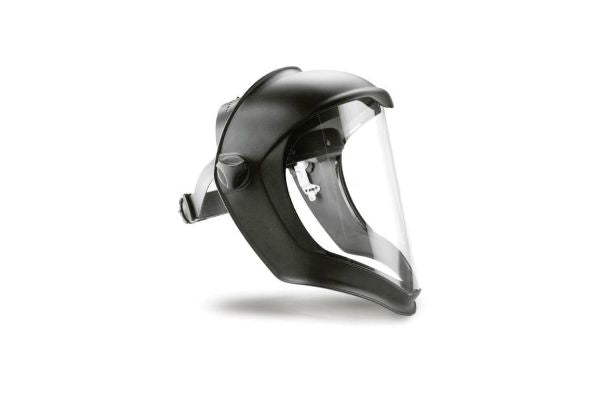
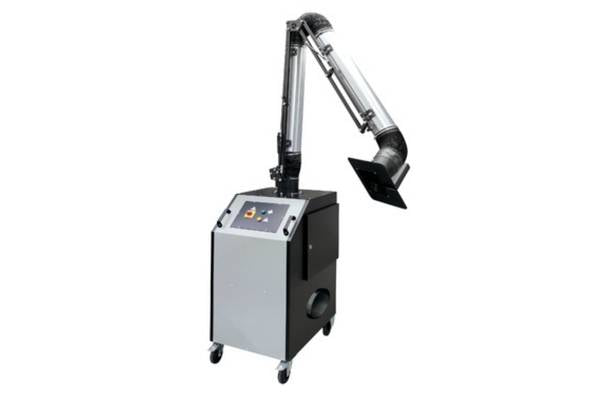


drew
January 26, 2024
wow wow wow wow wow wow!!!!!!!